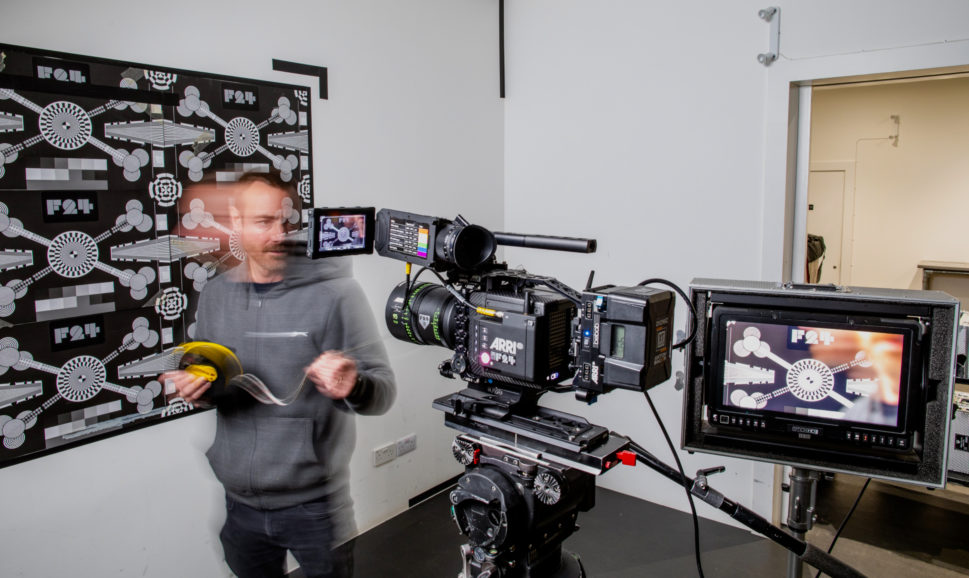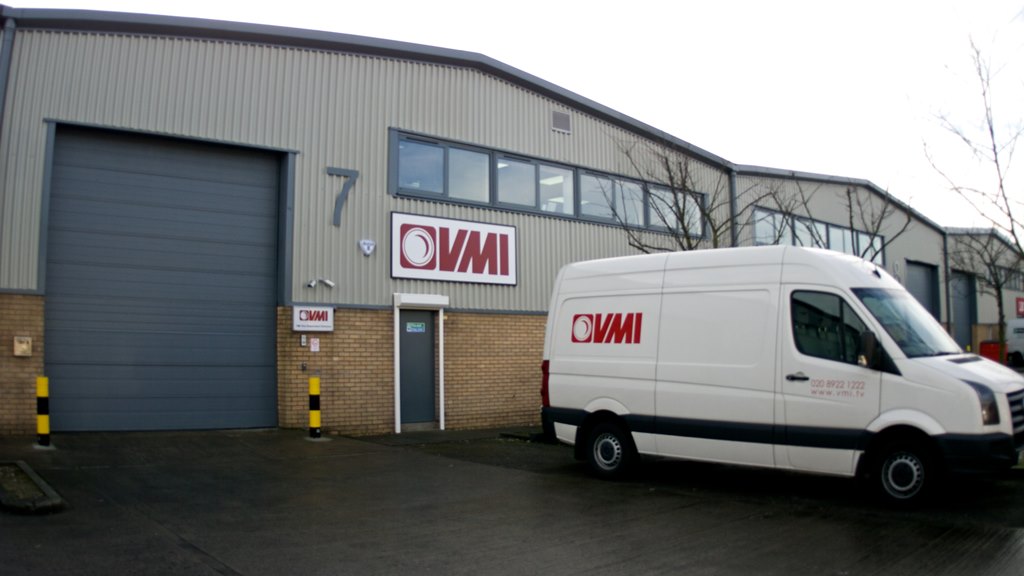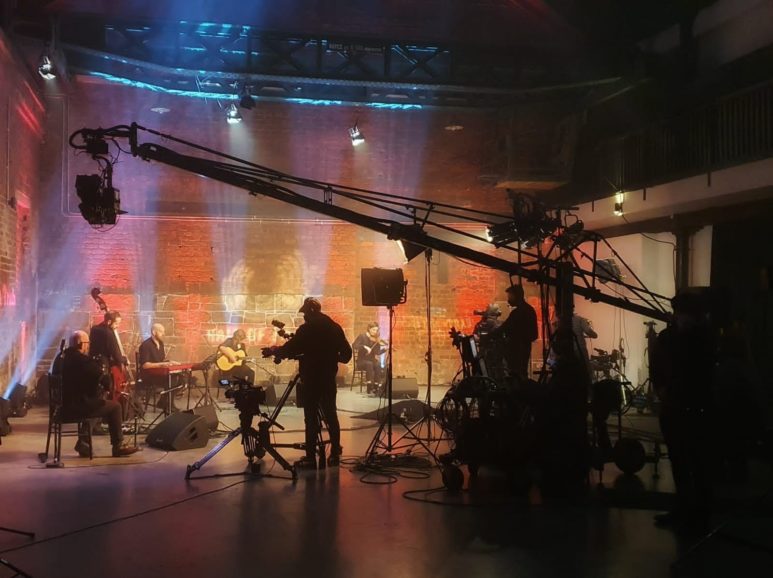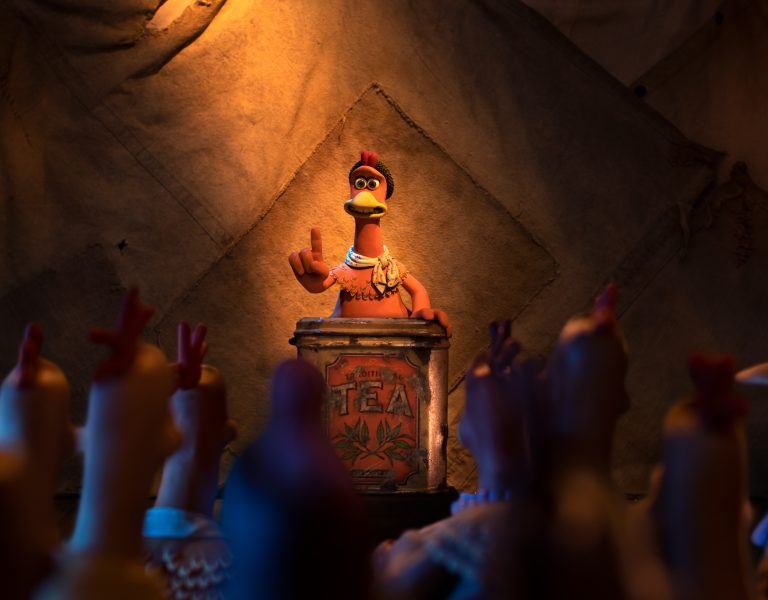MOVING WITH THE MARKET
A selection of UK rental houses share perspectives on the ever-evolving sector, from the peak in activity following the production void through to popular gear, training, and encouraging new entrants to the industry.
Much as the events of 2021 have hinted that there might be such a thing as too much work, it’s often hard to distance camera specialists from the idea that there’s any such thing as too much gear. The production void of the last two years hasn’t been a very encouraging time to keep the rental shelves stocked, though, nor a particularly great time to encourage young people to enter what’s often been a difficult industry.
Rental houses are ground zero for both those problems. Ben Mitchell, managing director at Focus24, remembers the events of March 2020 as a sudden end to what had been a very welcome period of prosperity, forcing many companies to rely on the good graces of their financiers. “Obviously, it was a huge shock to the system. The big bubble burst, cue lockdowns. The industry has been, for a large part, powered by banks and finance companies and there was a lot of forbearance and understanding from their side.”

Mitchell’s colleague, Focus24 director Jamie Hutchinson, describes a pandemic-predicated equipment shortage that coincided inconveniently with a shift toward large format that might normally have been a welcome opportunity. “The Alexa’s moved on finally on the LF front. Even at the lower end, Sony FX9s were increasing in popularity – whereas before it could be a standard Alexa Mini, now it’s an LF option pretty much every time. And now there’s not enough kit to even buy sometimes, there’s supply and demand and prices are rising. As a camera rental company, we’re stuck in the middle of that.”
Satisfying the world’s demands for lenses which are classic, but carefully not too classic, is complicated by the desire for old designs to cover big sensors. Terra Bliss, Panavision’s managing director of camera for the UK and Ireland, accepts that “people will know they can’t go large format on certain lenses, but we’re continuing to build out our lenses for large format… but also doing due diligence and taking care of our older optics to make sure they’re in good standing and they’re working fine.”
ARRI Rental’s Andrew Prior also reports interest in combining large format with anamorphic, which was never common but isn’t entirely new. “There were a few VistaVision anamorphics, but not many, and there weren’t many VistaVision cameras you could shoot on either. Anamorphic wasn’t around nearly as much as spherical lenses. So, large-format anamorphic is a new format, in many respects. Alexa 65 spherical work has been very popular too. It’s basically medium format photography but on the big screen.”

Subscribe to our mailing list to continue reading
Prior also sounds a note of caution over the world’s interest in the cautiously imprecise. “Vintage glass is beautiful, and there has been a big trend in recent years to use it, especially with sensor technology improving as it has. However, with the arrival of large format, I’ve noticed a slight tendency toward more modern glass that is more precise. The format is almost speaking for itself. There is no right or wrong here, but you need a lens to perform whether it’s old or new, so it’s important the facility renting the old glass knows how to handle it.”
MBSE technical director Steve Howard points out that changes in approaches to lighting have, if anything, changed even more profoundly in ways driven by those larger sensors. “Anything that can get Alexa 65s, LFs where they want to go… it means the sets get wider, bigger, and higher which is where a lot of the LED technology comes in handy, instead of having a load of 10Ks on the floor bouncing into poly.” The much-vaunted power savings, Howard says, are often only the beginning of the story. “The space light at the end is the small and easy part. It’s the three or four hundred feet of multicore cable, the power generators behind it. Once you start factoring that in and the time to put it all in, it’s a huge saving.”
With lighting rigs ballooning in complexity, Howard also describes a less-regarded revolution in control systems. “You could have eighty thousand active DMX channels on one stage controlled by one person streaming ACN. One person doing all that control standing next to the gaffer – the gaffer’s number two, an integrated part of that system.” With lighting increasingly reliant on computer networking, MBSE has found itself becoming responsible for training and instruction that a rental house might once have been able to avoid, bringing established crew up to speed and inducting new people through the Bring to Light trainee program.
With production facilities concentrated, perhaps to a fault, in southeast England, Brian McCormick, of Glasgow rental facility Progressive Broadcast, says he “always knew the Scottish market would not support a silo approach of just drama, or just commercials, or just concentrating on daytime TV. We do a lot of three-chip studio work, and a lot of 35mm multi-camera work on Sony cameras, and even some with ARRI as well.”

Demands for single-camera drama, though, are familiar. “Matt Gray BSC was up here shooting a drama called Nest for BBC Scotland and we sent out the Alexa Mini LF on that. That snowballed and led to Vigil, then Guilt… then we started buying ARRI’s Signature Prime lenses, Tokinas, the Tokina uncoated as well which have all been busy.”
Owning equipment means maintaining it, and it’s no surprise that McCormick would rather train local technicians than send equipment for a potentially lengthy holiday at an off-site repair facility. “You can’t be spending however many thousand on lenses and having it go away to wherever in London and sit there for six weeks,” he notes, though retaining well-trained people has always been tricky when rental houses are widely seen as a route to on-set work.
The situation is, says ARRI’s Prior, exacerbated by the sudden demand for camera crew. “I think the best crews these days come from rental houses. They get exposure to almost all the equipment and learn what the crews need so when they get out there, they’re ready. The rental house is a fantastic place to learn. Over the years we have had a steady flow of camera floor and grip preps come and go into the world of camera assisting, gripping, or lighting. We’ve been lucky to be able to manage our prep teams pretty well considering the demand for new crew out there right now and the AC head hunting going on.”
Similar issues pertain in lighting. Mark Furssedonn, managing director at Panalux, confirms that rental facilities can provide “a great overview of how it’s serviced and how it works. But you need the balance, you need people for the long haul. In lighting we’re looking now at training schemes to bring people in at a young age and offer them a career, if that’s what they want.” In the end, though, Furssedonn accepts that “you can’t take the ambition away from them.”

Focus24’s Ben Mitchell is clear that “after years of being a stepping stone, we actively seek people who are looking for a career in rentals. There’s an apprenticeship scheme which is being underpinned by skillset, led by another person in the industry, Barry Bassett from VMI. We’ve yet to undertake that but it looks good. These will be people who’ve been vetted and interviewed. That was always our problem before, finding people who want to skill up, and stay in the industry.”
Bassett himself is enthusiastic on the subject, suggesting that both employers like VMI and their employees have been poorly served by informal training and non-existent qualifications. “The issue until now is that anyone coming into our industry would do a university degree and an internship. Traditionally, internships didn’t pay very well, but the issue now is that [graduates] have fifty grand’s worth of debt, they’re looking at their debt, they want to start earning real money.”
Bassett’s initiative, involving the London Screen Academy, was “the focus of two and a half years of work… all the rental companies agreed on scope and what behaviours they would need.” The genesis of this had been the desire to become a living wage organisation, creating a need to formally define which employees are trainees – those who are “in an approved training course. And I said, ‘but none exists!’ We’ve changed that, and we now have three apprentices who are part of the program, and they’re doing really well.”

The question, then, is the sustainability of the streaming distributors’ titanic production spends, especially in a post-pandemic economy. Bassett is upbeat: “When things are hard, people watch TV. There’s an insatiable demand for TV and people’s expectations for TV with high production values has increased markedly. When people are used to Game of Thrones, they’re not going to want to watch old TV programmes unless there’s something unbelievably fantastic about the content.”
Prior agrees: “Will there be some kind of winner at the end of this streaming race? Now, with the lack of content, with the end of COVID, it was the perfect storm but they’re not slowing down. Netflix, Amazon, Apple, and Disney are spending more money on production than we ever imagined. It’s in the billions. We know the studios are booked for at least a couple of years. There’s no sign of it slowing down in the immediate future. I honestly don’t know when that’s going to stop. Hopefully never.”
The phenomenon is not restricted to the UK-based. Panavision’s Terra Bliss, having recently moved from the United States, suggests “it’s not just in the UK they’re building studios, I’m hearing about more growth going on on the east coast. In New Jersey, there’s tax credits supporting the growth… we’re hearing from offices across Europe… Romania and Italy have record levels this year and Hungary has been a big one as well.”

In Scotland, McCormick describes how Progressive Broadcast exists in a market that’s “not necessarily reflective of the UK as a whole, but not quite a cottage industry. There’s a growing sense that there’s enough of a framework here to build on.” Wider geopolitical questions may have an impact: “Next year and the year after, France is going to be taking over the presidency of the EU… the UK’s a big source for the streamers for the drama, and [it matters] whether the UK drama starts getting treated differently within that quota system.”
“We may be at the very crest of that wave with the rebound factor from COVID,” Focus24’s Mitchell agrees, “but I think there’s a lot of cause for optimism. You only have to look at the fact that Pinewood and Shepperton are booked for the next eight years. There just isn’t enough shooting space. If you look at what’s been committed both by local government and from overseas investors in the last fifteen years or so, particularly since the tax break in 2006… it’s helped the entertainment industry become the second largest contributor to GDP for the last ten years running. There’s depth.”

















